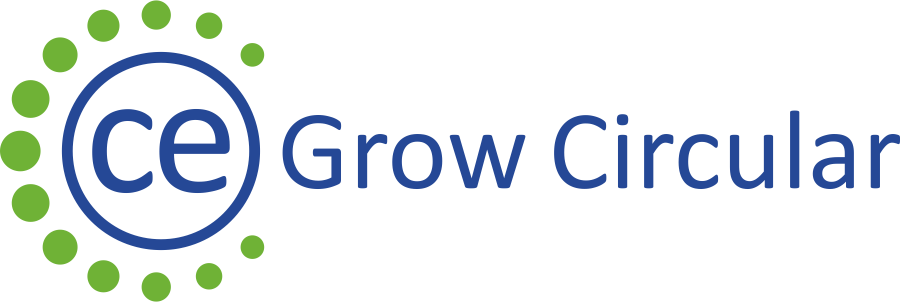EU Materials Flow
In EU the annual flow of raw materials (non-metallic minerals, metal ores, biomass, and fossil fuels) looks approximately like this:

Most of the materials we use in Europe on an annual basis ends up being integrated into our societal stock of in-use materials with long life span (i.e., infrastructure, cars, machinery, other long-life goods), while some end up as disposed waste or emissions. A small part of this resource throughput, approximately 10%, is put to secondary use through means of recycling and processes alike.
Materials used for non-energy purposes in EU represent over half of the total resource flow. Out of this around 60% are materials that were included into societal in-use stock mainly consisting of construction minerals (about 1/3 of the total annual input). These stocks of materials only become available for recycling once the goods reach their end-of-life. The other 40% is end-of-life waste, which is either landfilled (47%), recycled (41%) or backfilled (12%).
About 40% of the total quantity of resources we add into our economy annually (some 3.3 Gt), including ones used for energy, leave our economy as emissions to air, water and disposed waste.
This is problematic not only because of the notable contribution to climate change, but also in respect of pollution and other negative environmental and social impacts it produces, as a result of inefficient and non-circular use of resources. Some studies estimate 70% of GHG emission are directly linked to material handling and use.
Explore more about EU’s material flow here:



